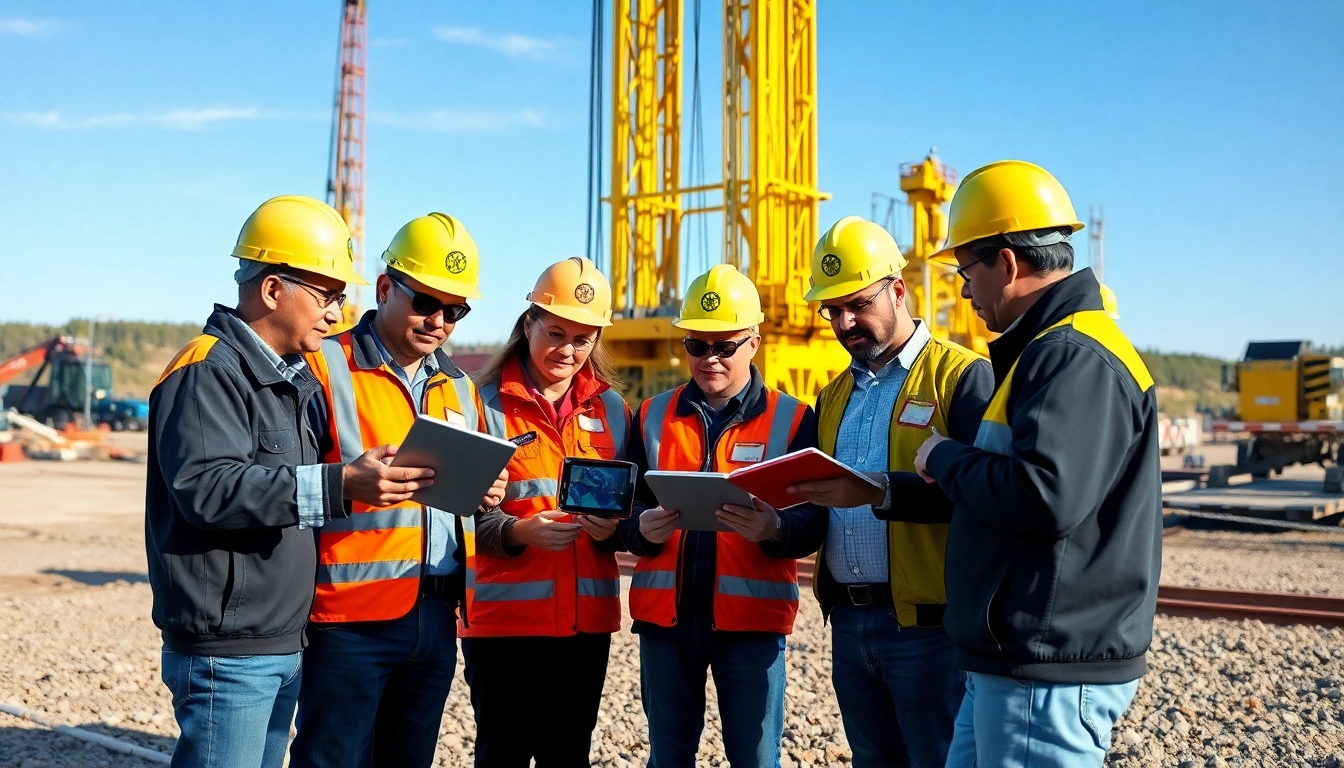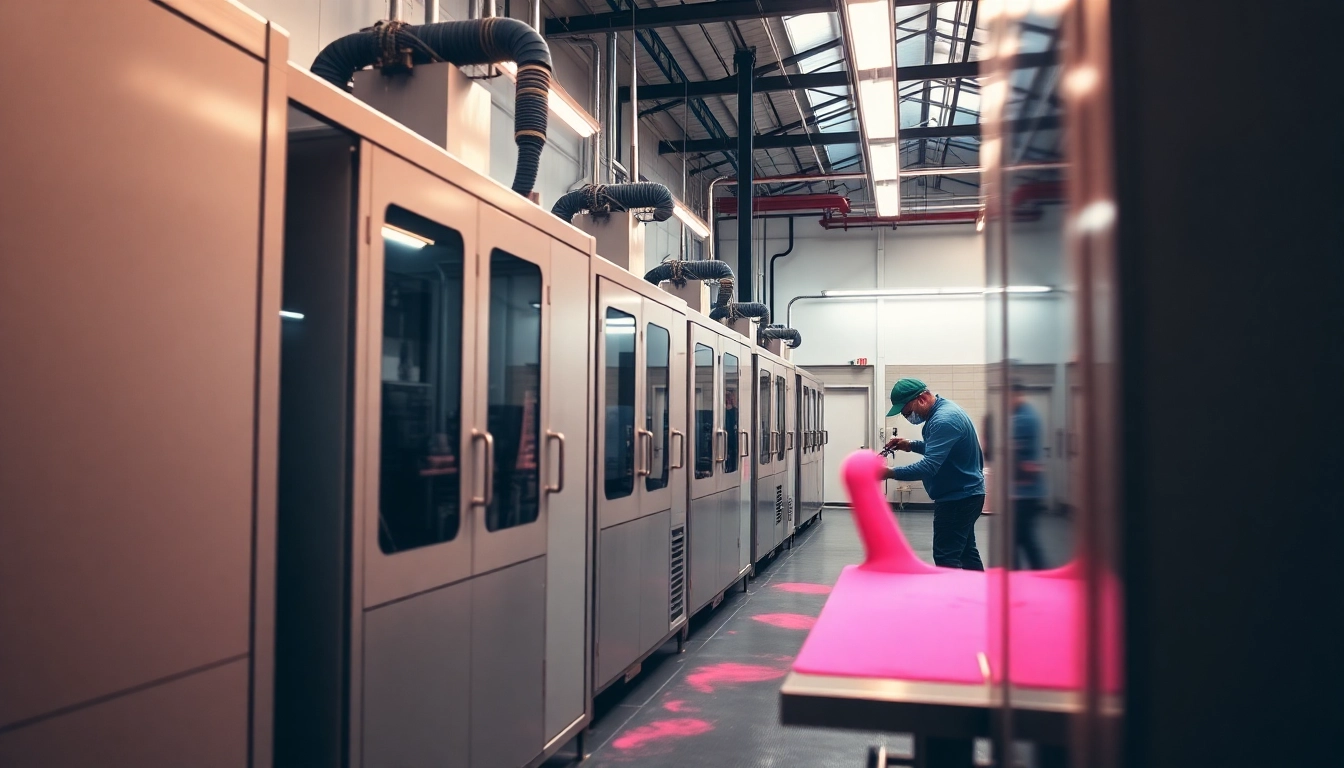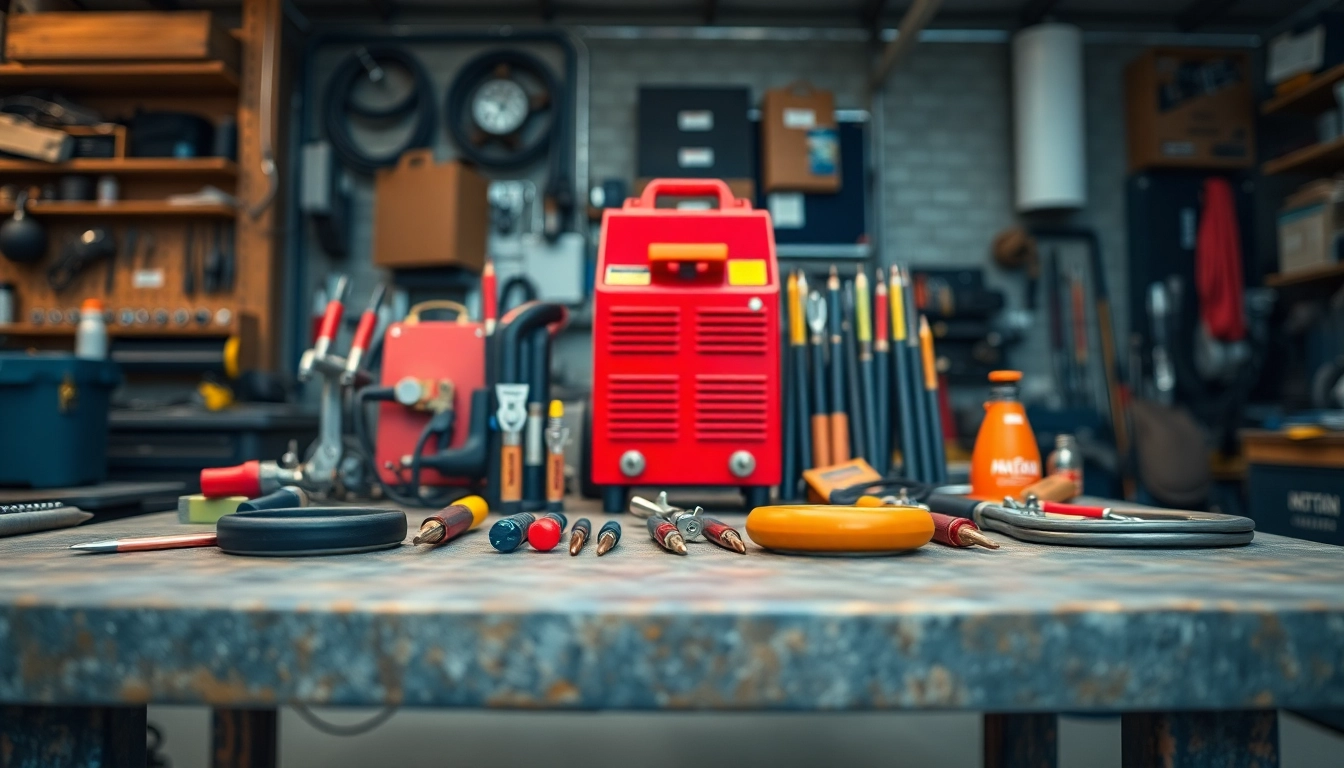Understanding Laser Welding Machine Technology
What is a Laser Welding Machine?
The Laser welding machine is an advanced industrial tool that utilizes focused laser beams to join materials, often metals, in a precise and efficient manner. Unlike traditional welding methods, which may involve the application of heat through an arc or flame, laser welding offers various advantages such as increased speed, improved accuracy, and the ability to weld complex geometries.
Laser welding machines have become increasingly popular in various industries due to their unique ability to produce clean and high-quality welds. The technology is particularly effective for thin materials, where precision is crucial. With the continuous development of laser technology, these machines have become integral to manufacturing processes across sectors such as automotive, aerospace, electronics, and medical devices.
How Laser Welding Machines Work
At the core of laser welding technology is the generation of a highly focused beam of light, typically in the infrared spectrum. This beam is directed towards the materials to be joined, where it is absorbed, converting light energy into thermal energy. The high intensity of the laser beam enables it to melt the base materials effectively, creating a fusion bond as the molten metal solidifies.
The process can be classified into several types, including:
- Conventional Laser Welding: Uses a continuous or modulated laser beam to create a weld pool.
- Pulsed Laser Welding: Employs short bursts of laser energy to minimize heat input and reduce warping.
- Laser Hybrid Welding: Combines laser welding with other processes, such as MIG welding, to enhance penetration and speed.
Control systems in laser welding machines allow operators to adjust parameters such as laser power, travel speed, and focal length, enabling precise control over the welding process and ensuring consistent weld quality.
Benefits of Using a Laser Welding Machine
The benefits of utilizing a laser welding machine are numerous. Here are some key advantages:
- High precision: The focused nature of the laser beam allows for extremely accurate welds, reducing the likelihood of defects.
- Minimal heat affected zone (HAZ): Laser welding generates less thermal energy compared to traditional methods, resulting in a smaller HAZ. This is crucial for maintaining the integrity of sensitive materials.
- Speed: Laser welding can significantly accelerate production times, as the process is inherently faster than many conventional welding methods.
- Versatility: It is capable of welding a wide range of materials, including dissimilar metals, which broadens its application scope.
- Reduced post-weld cleanup: The clean nature of laser welding often results in less slag and spatter, minimizing the need for post-weld machining or finishing.
Applications of Laser Welding Machines in Industry
Common Industries Utilizing Laser Welding Machines
Laser welding machines are employed across various industries, each benefiting from their unique capabilities. Some of the most common sectors include:
- Aerospace: Used for lightweight components where precision is essential, helping to reduce aircraft weight and improve fuel efficiency.
- Automotive: Integral to the manufacturing of car bodies, components, and electric vehicle battery casings, where strength and weight savings are crucial.
- Electronics: Ideal for delicate applications such as circuit boards and microelectronics, where precision is paramount.
- Medical Devices: Critical in the production of surgical instruments and implants, where bio-compatibility and precision are essential.
Case Studies of Successful Laser Welding Machine Implementation
Many companies have successfully integrated laser welding machines into their operations, enhancing productivity and product quality. For instance:
In the automotive sector, a leading manufacturer implemented laser welding to fabricate lightweight components for electric vehicles. By transitioning from traditional welding methods, they reduced weight by 20% while maintaining structural integrity. This change not only improved performance but also accelerated production times by 30%.
Another example can be seen in the aerospace industry, where a major parts supplier adopted laser welding for assembling aircraft components. The transition minimized heat distortion, resulting in tighter tolerances and improved part fitment. Enhanced aerodynamic performance was achieved due to the precise welding capability, leading to significant gains in fuel efficiency.
Innovations in Laser Welding Applications
The emergence of new technologies is continually expanding the capabilities and applications of laser welding. Key innovations include:
- 3D Laser Welding: Allows for complex geometries and designs to be welded with precision, enabling the production of intricate components.
- Fiber Laser Technology: Offers higher efficiency and lower operational costs, leading to widespread adoption in various industries.
- Digital Control Systems: Enhance user interface and enable real-time monitoring, improving adaptability and quality control.
Choosing the Right Laser Welding Machine
Factors to Consider When Selecting a Laser Welding Machine
Choosing the appropriate laser welding machine requires careful consideration of various factors:
- Material Type: Different materials and thicknesses require specific laser technologies and parameters.
- Weld Quality: Assessing the desired weld specifications and tolerances is crucial for selecting the right machine.
- Production Volume: The expected output will influence the type of machine, whether a high-throughput system or one designed for low-volume production.
- Budget: Financial constraints play a significant role. While higher-end models often offer superior features, there are also cost-effective options available.
Comparing Different Types of Laser Welding Machines
When selecting a laser welding machine, it is important to understand the distinctions between the different types:
- CO2 Lasers: Good for non-metal materials, offering higher power and versatility, but often require complex optics.
- Solid-State Lasers: More efficient and compact, ideal for metals, and known for maintaining output consistency.
- Fiber Lasers: High efficiency and low maintenance costs, with an ability to handle a range of materials with high-speed capabilities.
Long-Term Investment: Costs vs. Benefits
Investing in a laser welding machine should be viewed from a long-term perspective. While the initial costs can be substantial, the benefits often outweigh these expenses in the following ways:
- Reduced Labor Costs: Automation and higher precision lead to lower labor costs over time.
- Increased Production Efficiency: Faster welding speeds contribute to higher overall productivity.
- Quality Improvement: Higher-quality welds reduce defects and rework costs, ultimately saving money.
Operating a Laser Welding Machine Safely and Effectively
Safety Protocols for Laser Welding Machines
Safety is paramount when operating a laser welding machine. Here are essential safety protocols to observe:
- Protective Gear: Operators should wear appropriate personal protective equipment, such as safety goggles, gloves, and protective clothing.
- Safety Interlocks: Ensure all machines are fitted with safety interlocks that disable the system when doors are opened.
- Training: Provide regular training for operators on equipment handling, emergency procedures, and safety measures.
- Ventilation: Adequate ventilation systems must be in place to manage fumes and gases emitted during the welding process.
Common Challenges in Operation and Their Solutions
While operating laser welding machines offers many advantages, there are challenges that may arise:
- Material Variability: Different material properties can affect welding performance. Solutions include ongoing material testing and parameter adjustments.
- Heat Management: Excessive heat can lead to warping or distortion. Implementing controlled cooling techniques can help mitigate this issue.
- Weld Quality Issues: Inconsistent welds may occur from improper settings. Regular maintenance and calibration of the laser machine are necessary.
Training Requirements for Laser Welding Machine Operators
To operate laser welding machines effectively, operators should undergo comprehensive training. Training programs should include:
- Equipment Familiarization: Understanding machine components and functionality.
- Operational Techniques: Learning how to adjust settings accurately to meet weld specifications.
- Troubleshooting: Developing skills to diagnose and resolve common issues encountered during operations.
- Safety Training: Understanding safety protocols and the importance of adhering to them.
Future Trends in Laser Welding Machine Technology
Emerging Technologies Impacting Laser Welding Machines
The landscape of laser welding technology is evolving with rapid advancements. Key trends include:
- Artificial Intelligence (AI): AI integration in laser welding machines is enhancing process optimization and quality control.
- Machine Learning: Utilizing data analytics to improve weld quality and predict maintenance requirements.
- Smart Manufacturing: IoT connectivity is facilitating remote monitoring and control of welding processes, leading to enhanced efficiency.
The Role of Automation in Laser Welding
The shift toward automation is transforming many manufacturing sectors, including laser welding. Robotic arms equipped with laser welding capabilities are now common in assembly lines, allowing for:
- Increased Throughput: Automation significantly boosts production rates.
- Consistency: Robots provide uniformity in welding quality, reducing variability.
- Minimized Downtime: Automated systems often require less supervision and can operate continuously, enhancing operational efficiency.
Sustainability in Laser Welding Machines
Sustainability practices are increasingly influencing manufacturing processes. Laser welding machines contribute to sustainability by:
- Energy Efficiency: Laser welding machines operate with higher energy efficiency than traditional methods, lowering overall energy consumption.
- Material Conservation: The precision of laser welding reduces material waste significantly.
- Lower Emissions: Reduced heat input leads to fewer harmful emissions, promoting a cleaner working environment.



